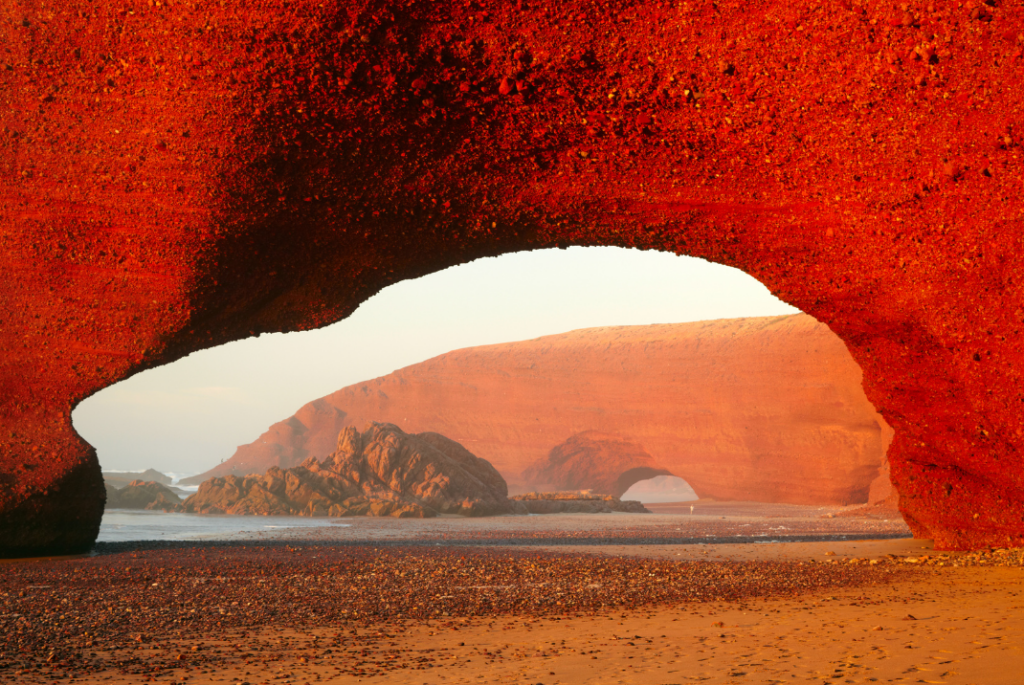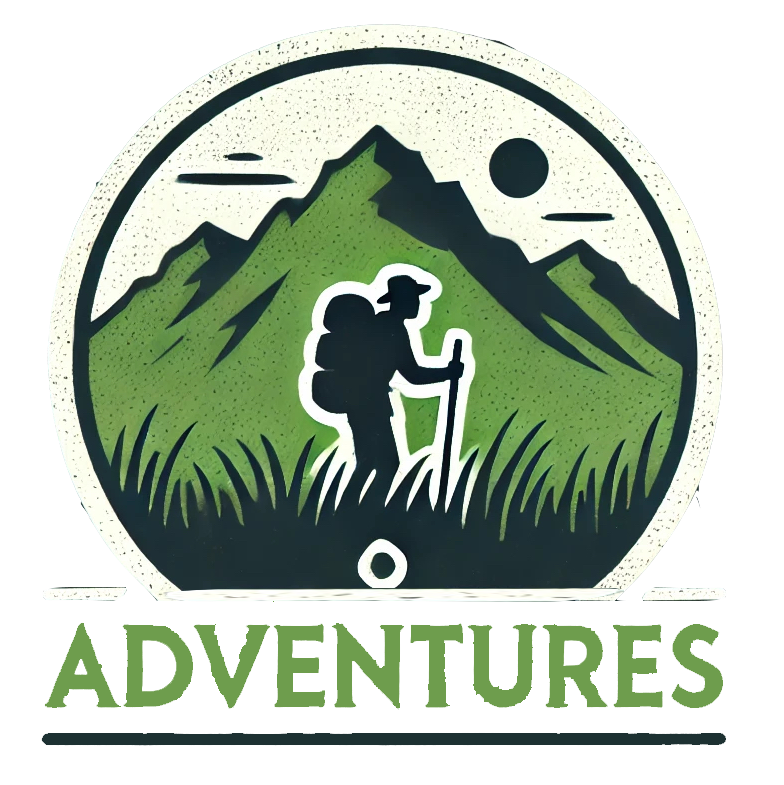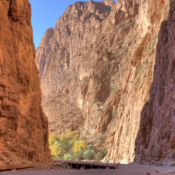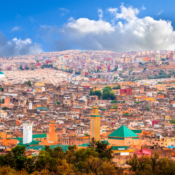
7 Best Times to Visit Morocco: Your Ultimate Seasonal Guide for an Unforgettable Trip
Morocco’s diverse landscapes and cultural treasures make it a year-round destination, but choosing the best times to visit Morocco can dramatically enhance your experience. Whether you’re dreaming of camel treks across golden dunes, exploring ancient medinas, or hiking through mountain valleys, this comprehensive guide reveals exactly when to visit Morocco for perfect weather, fewer crowds, and unforgettable experiences. We’ll break down each season’s unique advantages, regional climate variations, and special events to help you plan your ideal Moroccan adventure.
Table of Contents
1. Spring (March–May): Nature’s Rebirth and Perfect Temperatures
Spring is undoubtedly the best time to visit Morocco for most travelers, offering idyllic conditions across the country. From March through May, daytime temperatures range from a comfortable 15°C to 25°C (59°F to 77°F), creating ideal conditions for exploration. This is when Morocco’s landscapes come alive – the Atlas Mountains shed their winter snow, revealing lush valleys dotted with wildflowers, while the desert fringes bloom with rare vegetation.
Key spring experiences include:
- Hiking through the Ourika Valley when waterfalls are at their most spectacular
- Exploring Marrakech’s famous gardens like Majorelle and Menara in full bloom
- Attending the Rose Festival in Kelaat M’Gouna (usually early May)
- Enjoying the Fes Festival of World Sacred Music (late May/early June)
Pro Tip: April is particularly magical, offering warm-but-not-hot weather perfect for both city exploration and desert adventures. Book Sahara tours early as this is peak season for Merzouga and Zagora.
2. Fall (September–November): Golden Season for Desert Adventures
Many seasoned travelers consider autumn the best time to visit Morocco for balanced weather and smaller crowds. September through November brings warm days (18°C-30°C/64°F-86°F) and cool evenings – perfect conditions for:
- Sahara Desert excursions (optimal temperatures for camel trekking)
- Trekking in Todgha Gorge and Dades Valley
- Coastal visits to Essaouira and Agadir with pleasant ocean breezes
- Harvest experiences in olive and date growing regions
The best time to visit Morocco’s desert regions is October, when daytime temperatures are comfortable (around 28°C/82°F) and nights become pleasantly cool rather than cold. This is also when you’ll find the clearest skies for stargazing in the Sahara.

3. Winter (December–February): Cultural Immersion and Mountain Magic
While not the best time to visit Morocco for beach lovers, winter offers unique advantages:
- Imperial cities like Fes and Marrakech see daytime temps of 10°C-18°C (50°F-64°F) – perfect for medina exploration
- Atlas Mountains transform into a snowy wonderland (great for skiing in Oukaïmeden)
- Desert tours become more adventurous with crisp nights (pack warm layers!)
- Cultural festivals like the Marrakech International Film Festival (December)
Important Note: The best time to visit Morocco’s Sahara Desert in winter is early December or February – January can bring surprisingly cold nights (often below freezing).
4. Summer (June–August): Coastal Escapes and Mountain Retreats
Summer (especially July-August) is the least best time to visit Morocco’s inland cities, where temperatures frequently exceed 40°C (104°F). However, it’s ideal for:
- Atlantic Coast destinations like Essaouira (constant ocean breezes keep temps around 25°C/77°F)
- Mediterranean beaches at Saidia and Al Hoceima
- Mountain towns like Ifrane and Chefchaouen that stay refreshingly cool
- Gnaoua World Music Festival in Essaouira (June)
Smart Planning: If visiting in summer, structure your itinerary to explore cities in early morning/evening and escape to cooler areas during peak heat.
5. Regional Climate Guide: When to Visit Specific Areas
To determine the absolute best time to visit Morocco for your itinerary, consider these regional variations:
| Region | Best Months | Why Visit Then |
| Marrakech | Mar-May, Sep-Nov | Avoid extreme summer heat |
| Sahara Desert | Oct-Apr | Comfortable daytime temps |
| Atlas Mountains | May-Jun, Sep-Oct | Ideal hiking conditions |
| Coastal Areas | Jun-Sep | Perfect beach weather |
| Northern Cities | Apr-Jun, Sep-Oct | Mild Mediterranean climate |
6. Festival Calendar: Plan Around These Signature Events
Aligning your visit with local festivals can make your trip extraordinary. Here are the best times to visit Morocco for cultural events:
- April: Marrakech’s Garden Festival
- May: Rose Festival in Kelaat M’Gouna
- June: Gnaoua World Music Festival (Essaouira)
- September: Date Festival (Erfoud)
- December: Marrakech International Film Festival
Insider Tip: For photography enthusiasts, the best time to visit Morocco is spring when landscapes are green and skies are clear, or autumn when golden light enhances desert scenery.

7. Essential Packing Tips for Every Season
What to bring depends entirely on when you visit. Here’s how to prepare:
Spring/Fall:
- Light layers for cool mornings/evenings
- Comfortable walking shoes for medina exploration
- Sun protection (hat, sunglasses, sunscreen)
Summer:
- Light, breathable clothing (linen/cotton)
- Swimwear for coastal stays
- Portable fan or cooling towel
Winter:
- Warm jacket (desert nights get cold!)
- Thermal layers for mountain areas
- Waterproof footwear for potential rain
Cultural Note: Regardless of season, pack modest clothing that covers shoulders and knees for visiting religious sites and rural areas.
Final Advice: Tailor Your Trip with Local Experts
While this guide outlines general patterns, Morocco’s microclimates can vary. For the absolute best time to visit Morocco based on your specific interests, consult with our Moroccan travel specialists. We’ll help you craft a personalized itinerary that accounts for weather, crowds, and special events.
Your Trusted Moroccan Travel Partners
📞 WhatsApp: +212694525668
📧 Email: [email protected]
🌐 Website: www.deserttrailadventures.com




